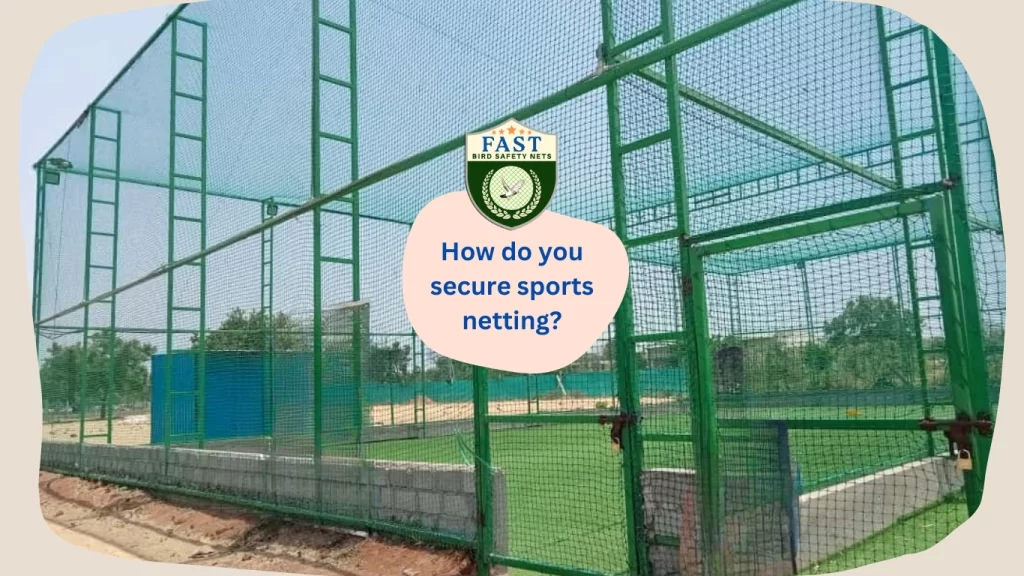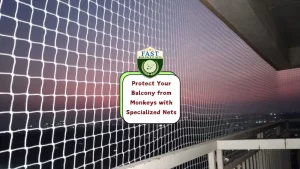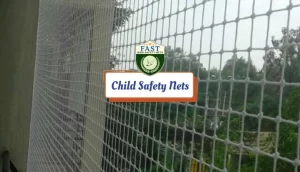Sports netting plays a crucial role in various athletic activities, serving as a protective barrier to prevent balls or objects from straying into unwanted areas. Whether it’s for baseball, soccer, golf, or tennis, proper installation and securement of sports netting are essential for safety and functionality. In this article, we’ll delve into the best practices and techniques to secure sports netting effectively.
1. Choosing the Right Netting Material
The first step in securing sports netting is selecting the appropriate material. The choice of netting material depends on factors such as the type of sport, location, and weather conditions. Common materials for sports netting include nylon, polyethylene, and polyester. Factors to consider when choosing netting material include durability, UV resistance, and mesh size.
2. Assessing Installation Site
Before installation, it’s crucial to assess the site thoroughly. Factors to consider include:
Terrain: Is the ground level or sloped?
Surrounding structures: Are there any obstacles or structures that could interfere with installation?
Environmental conditions: Is the area prone to high winds, rain, or extreme temperatures?
Understanding the site’s characteristics will help determine the appropriate installation methods and anchor points for securing the netting effectively.
3. Proper Anchoring Techniques
Anchoring is key to securing sports netting and preventing it from sagging or becoming loose over time. Common anchoring techniques include:
Ground stakes: Suitable for soft ground surfaces, such as grass or soil. Heavy-duty stakes are hammered into the ground at regular intervals along the perimeter of the netting.
Concrete anchors: Ideal for hard surfaces like concrete or asphalt. Anchors are drilled or bolted into the ground, providing a sturdy foundation for the netting.
Wall mounts: Used when attaching netting to existing structures such as fences, poles, or buildings. Wall mounts are secured using bolts, brackets, or clamps, ensuring a firm attachment.
The choice of anchoring technique depends on the installation site and the type of netting being used.

4. Tensioning the Netting
Proper tensioning is essential for ensuring that the netting remains taut and resistant to sagging. Techniques for tensioning sports netting include:
Ratchet systems: Ratchet straps are attached to anchor points and tightened to apply tension to the netting. This method allows for easy adjustment and maintenance of tension levels.
Turnbuckles: Turnbuckles are devices with adjustable screws that can be used to tighten or loosen the netting as needed. They are particularly useful for long spans of netting or areas with high wind exposure.
Bungee cords: Elastic cords can be used to provide additional tension to the netting, especially in areas prone to wind or vibration. Bungee cords are attached to anchor points and stretched across the netting to maintain tension.
Regular inspection and adjustment of tension are necessary to ensure the netting remains secure and effective.
5. Installing Top and Bottom Borders
In addition to anchoring and tensioning, installing top and bottom borders can further enhance the stability and durability of sports netting. Borders help distribute the tension evenly across the netting and provide added reinforcement along the edges.
Top borders are typically secured using cables, ropes, or steel rods attached to overhead structures or support poles. Bottom borders can be anchored to the ground using stakes or weights to prevent the netting from flapping or lifting in windy conditions.
6. Regular Maintenance and Inspection
Once the sports netting is installed, regular maintenance and inspection are essential for ensuring its long-term effectiveness and safety. Key maintenance tasks include:
Checking anchor points and hardware for signs of wear or damage.
Inspecting the netting for tears, holes, or other defects.
Re-tensioning the netting as needed to maintain proper tension levels.
Cleaning the netting to remove debris, dirt, or mold buildup.
By conducting routine maintenance and inspection, potential issues can be identified and addressed promptly, prolonging the lifespan of the netting and ensuring continued protection during athletic activities.
Conclusion:
It is crucial to Properly secure sports netting for safety, functionality, and longevity. By following the best practices and techniques outlined in this article, sports facilities can ensure that their netting remains secure and effective in providing protection during athletic activities. From choosing the right netting material to implementing proper anchoring and tensioning techniques, attention to detail in installation and maintenance will help maximize the benefits of sports netting for players, spectators, and facilities alike.






